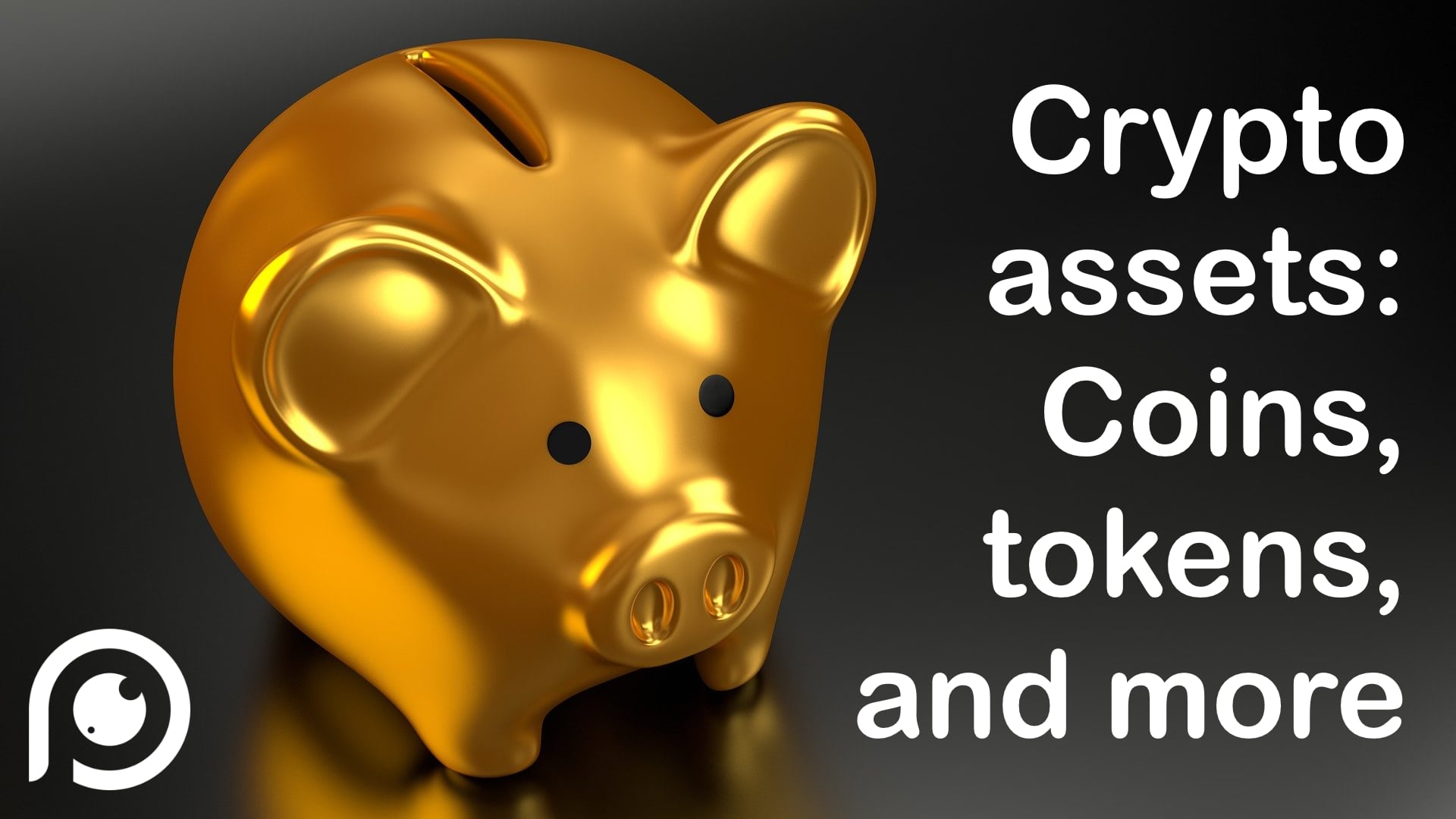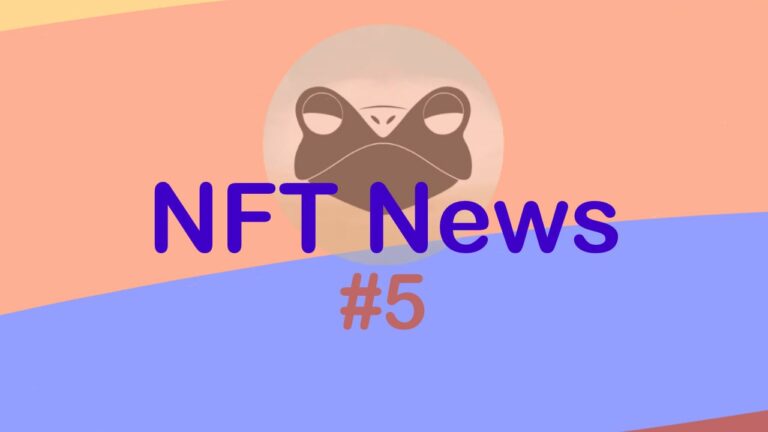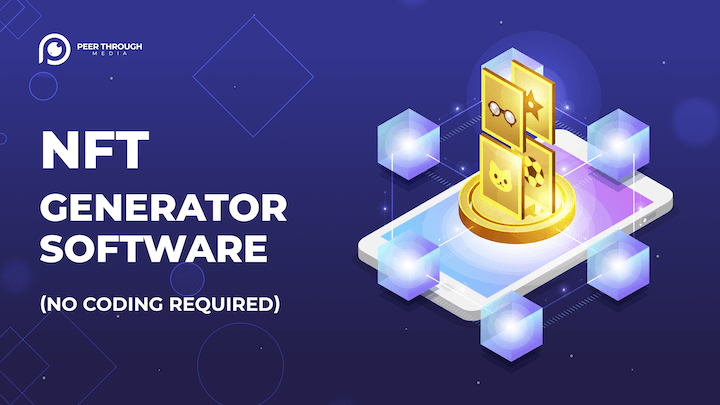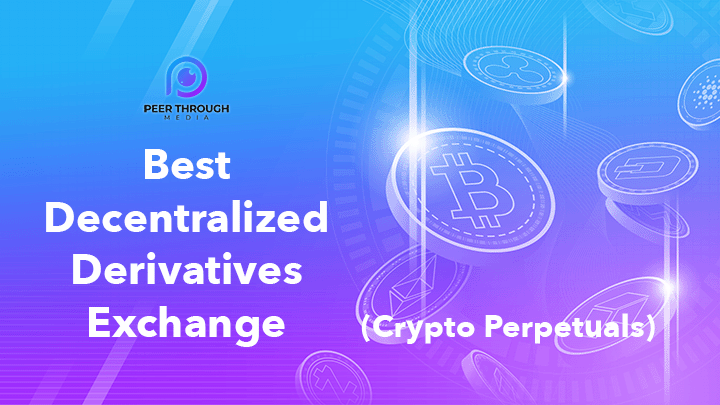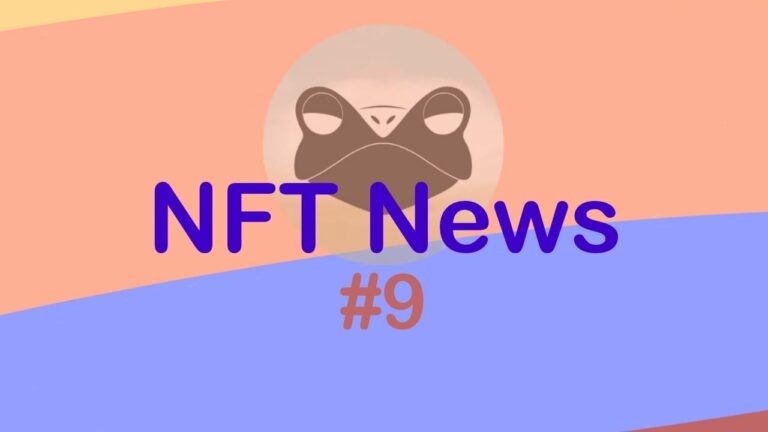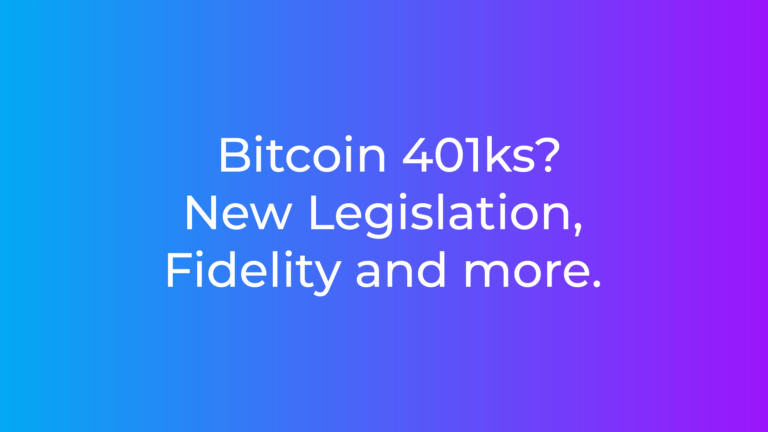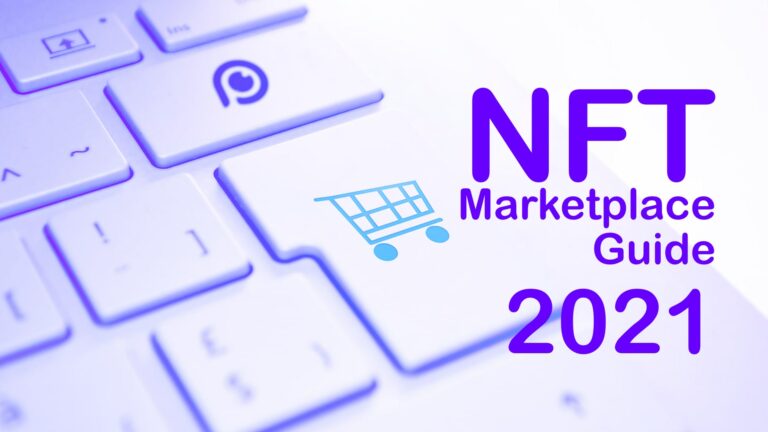What are the different types of crypto assets?
Cryptocurrencies are a little more than a decade old. But during that time, the landscape of crypto assets has transformed immensely. Bitcoin was the first cryptocurrency but in its footsteps, many types of classes have become common such as tokens, NFTs, Synthetic Assets, and many more we’ll discuss.
Yet, we remain at the start of this new economic revolution. In the future, who knows what tools innovative minds will create on the blockchain.
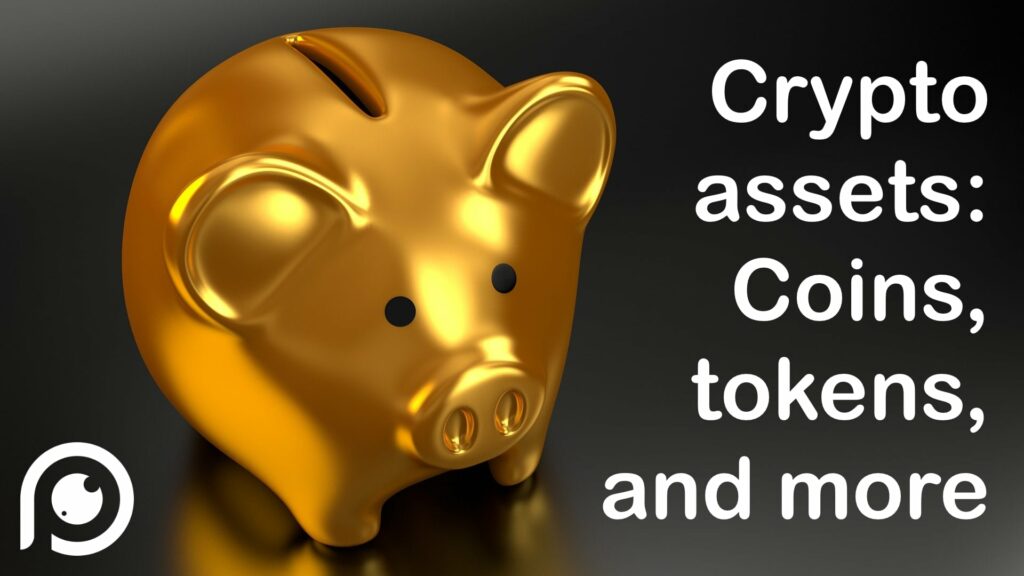
Disclaimer: The author is not a CPA or licensed financial advisor. This article contains analysis of technology, not financial advice.
Crypto assets come in a wide variety
Crypto is more than just coins. Let’s go over a few of the assets in this article.
The classic crypto asset: Crypto coins
The first type of crypto asset, and what people allude to when referring to a cryptocurrency, is the crypto coin. A crypto coin is simply the main asset or currency of a network. For example, for the Bitcoin Network, the coin is BTC, for Ethereum Ether, for Cardano ADA, etc.
A protocol itself issues coins. All of the above examples are distributed by the network and are used as a reward in the consensus algorithm of that network (usually this is what is called mining). Those that are performing a useful activity, ensuring the correct functioning of the protocol, are rewarded.
Finally, users can pay transaction or computation fees with coins. In Bitcoin, people sending transactions pay to the network using BTC. For Ethereum, Ether is not only used for transactions but also to pay the computations the EVM has to perform to run smart contracts. In both cases, another crypto asset cannot be used.
Meme coins
An interesting subset of crypto coins is meme coins. A meme coin is the native cryptocurrency of a network that was created as a casual or joke project. It was never intended for real use cases and basically exists as a part of the internet culture.
The most famous case is of course Dogecoin. The first-ever mem coin, Dogecoin, came into the world on December 6, 2013. It is the product of a joke by software engineer Billy Markus and Adobe software engineer Jackson Palmer. Of course, many people quickly jumped to the network and became miners, traders and Doge coin advocates.
Despite its less than serious origin, Dogecoin became very valuable in recent times. It has been around longer than more ‘serious’ projects. So while it may have started as a meme, Doge is becoming a more serious asset class.
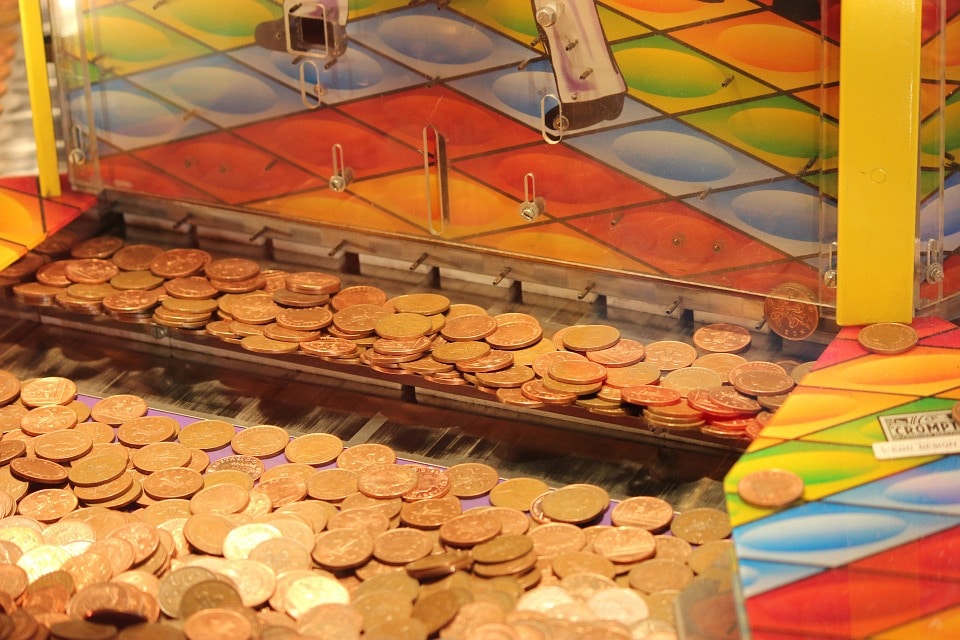
Tokens: a more flexible crypto asset
Tokens have an even shorter history than crypto coins. They only became viable with the launch of Ethereum in 2015, but only gain popularity in 2017 with the ICO boom. A token is a custom-made cryptocurrency that is generated for some business use case. A token is issued or minted, on top of an existing network such as Ethereum, Tron, Cardano, EOS, etc.
Tokens, in most cases, have to be created by deploying a smart contract. In that smart contract, there will be parameters such as the name, ticker, total supply, owner, and others that back the functionalities of the token.
To deploy and interact with the smart contract the token creators and public need to use the native crypto coin of the network. A token cannot be used to pay transaction fees or the costs of running the smart contract.
Utility tokens
A utility token is a type of crypto asset that is meant to be used in a project or ecosystem. The name is meant to be descriptive, these are tokens that have a certain utility and are there to give access to a particular service.
The utility tokens were the main type of token released during the 2017 ICO boom. Thousands of projects raised millions of dollars with promises to create a useful environment for tokens that were being sold ahead of time. Most of these projects never materialized and for a time, utility tokens and ICOs got a bad reputation.
However, not all those projects failed, some became the giants of the current crypto economy. Examples of the success are Basic Attention Token, LINK token, MakerDAO token and many more.
Many utility tokens are created that live up to their name and provide amazing utility and value to end users.
Security tokens
A security token is a crypto asset on a permissioned or permissionless blockchain, that represents a stake in an external asset or enterprise. To achieve this, security tokens fall under regulations and cannot be freely traded like other types of tokens. Security tokens are essentially stocks on the blockchain.
They first came into the scene after the crash caused by the ICOs in 2017 and 2018. By following financial regulations, and following KYC/AML protocols, projects using these tokens look to protect themselves and their clients. Security tokens come in 3 types:
Equity tokens
Equity tokens represent ownership in an enterprise or legally constituted company. They are very similar to stocks, and some equity tokens actually give dividends, like stocks of major companies.
Debt tokens
A debt token represents a short-term loan that an investor gives to a corporate entity, it could be real estate mortgages, corporate bonds, or another type of structured debt.
Asset-backed tokens
These tokens are representations of ownership of a real underlying asset, such as real estate, art, carbon credits, or commodities.
Check out the animated video we made for an awesome project called Centrifuge, that brings real world assets onto the blockchain –
Other kinds of token-based crypto assets
Liquidity pool tokens
A Liquidity Pool is a type of smart contract, in it, liquidity providers lock crypto tokens that are used as the main source of liquidity on Decentralized Exchanges (DEX). Now, the DEX gives back to the liquidity provider a token that represents the assets locked in the contract. These are the liquidity tokens.
These tokens were intended to be a way to track assets locked by the user, but they became so much more. As tokens, they can be freely traded, locked on other platforms, used as collateral, auto generate interest and many other things.
Liquidity tokens and their secondary uses became the origin of liquidity mining and yield farming. These are assets unique to the blockchain and are proof that there are things that only blockchains can do.
Exchange tokens
An exchange token is a type of asset that an exchange gives to its users just for interacting with the exchange. These are used by both centralized and decentralized exchanges, as there are examples of the two.
One of the most popular exchange tokens is the UNI token created by UniSwap. But there are also examples from centralized exchanges like CRO from Crypto.com. Sometimes they have a utility inside the exchange, but other times they can just be a form of reward.
Governance tokens
Another unique type of token only possible in a blockchain, governance tokens are among the most interesting out there. These are tokens that allow those holding them a possibility to change the ways a crypto project works. They are used to vote or make proposals on the future of a crypto project.
Their value comes from the fact that a number of these tokens have to be in possession of a person in order to vote or make proposals. So, people looking to be part of the process need to accumulate tokens from the market.
One of the most popular examples is the COMP token from Compound. The popular money market on Ethereum has one of the most valuable governance tokens on the market. There are many other examples, and the results of these experiments will direct the future of blockchain products.
Meme tokens
A cousin to the meme coin, a meme token has basically the same idea behind it. These are crypto assets that originate as a joke, or to follow a meme on the internet. Meme coins were never designed to be part of a larger service or ecosystem. They are a testament to how much the technology has advanced that developers can basically mint tokens as a joke.
Yet, they also have a dark side. Internet influencers create these types of meme tokens, promote them to their fanbase, and then dump the price profiting from their followers. They are a widespread form of rug-pull and are generating a negative backlash from the general public.
“That‘s a token?” (NFTs, stablecoins, crypto stocks, and other crypto assets)
Check out our NFT drop calendar for upcoming NFT drops!
Non-fungible tokens (NFTs)
NFTs have captured the imagination of the public. An NFT is a token that at the moment of being minted is associated with a counter or ID that ensures its uniqueness. The unique marker is registered on the decentralized ledger of the blockchain, and that way it can be verified as an individual entry.

Now, the artwork associated with the NFT is never actually saved in the blockchain. These types of files are just too large, the NFT contains a reference to where the file is stored on an external service. This could be a server or something like IPFS.
Finally, the NFT crypto asset has metadata associated with the moment it was created. The meta-data is also stored outside the blockchain, and it can be edited at any point. So, the NFT in itself is only the token minted and its unique ID. The artwork associated with it and the meta-data are external to the source.
NFTs can be used for more things than just digital art. Insurance, unique debt, financial positions are all use cases that can benefit from the NFT token. In the future, this will become more popular.
NFT collections are also a great way to build community.

Stable coins
Stable coins are precisely what their name suggests, a type of crypto asset whose value does not change over time. They are very popular among traders, but they have more useful roles for people in countries with high inflation.
We already have an extensive article on the subject: Best Stable Coins and Crypto Interest Rates. Give it a look for more information.
Related articles: MakerDAO CDP Tutorial – How To Take Out a Loan on the Blockchain
Rebasing tokens
An interesting new type of token is rebasing tokens. These are elastic tokens, their supply can be adjusted to market conditions and either shrink or expand in everyone’s wallet proportionally to ensure people do not lose purchasing power.
This sounds like fiat money, where a central bank can expand or shrink the money supply. In a way that’s true, but rebasing tokens go beyond. These tokens can adjust the balance of the token holders directly and modify the balance on the user’s crypto wallet unilaterally.
The process is automatic and follows price targets. This means the adjustments on the total token supply follow objective and verifiable rules.
The most famous rebasing token is AMPL, here is a video we made for them explaining their project:
Synthetic crypto assets
A synthetic asset is when a different financial instrument is used to represent the value of another asset. That way, people can have access to the price movements of an asset they do not directly own. Why are we talking about this?
One of the most popular types of token in recent times is the synthetic asset. Projects use tokens to represent the value of the stocks of companies outside the blockchain, allowing traders the ability to buy these synthetic stocks and add them to their portfolios.
The assets just track the price of the original stock and are in no way tied to them. This means there is no need to have the authorization of the company to create the synthetic asset. it is all done through algorithms and locking up base assets.
This way people that don’t have access to stock markets can buy synthetic assets that are virtually the same as the market stock.
Conclusion
The world of crypto assets, coins and tokens, has grown in complexity and value. People in the blockchain can buy stable assets, stocks, elastic assets, unique assets, and many other types of cryptocurrencies in order to invest or protect their savings.
The blockchain is democratizing and making financial services affordable to anyone with an internet connection. In the future, the entire financial system will migrate to the blockchain, and now we are seeing those first steps to merge both worlds into something more open, inclusive, and valuable to anyone on the planet.
Related Articles: Top 15 Crypto Podcasts

